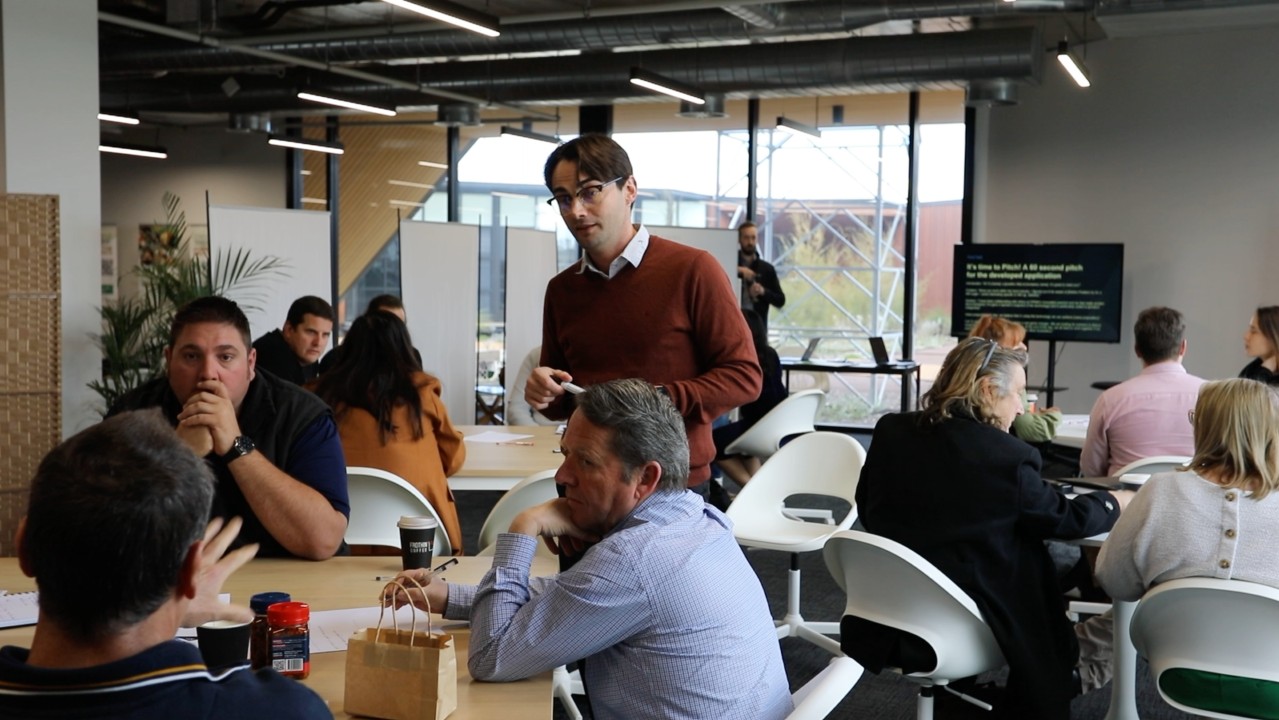In an increasingly unpredictable world, global trade, once seen as a reliable backbone of economic growth, is under pressure. From shifting geopolitical alliances and supply chain volatility to rising protectionism and climate-related disruptions, trade uncertainty has become a defining challenge of our time. For Australia’s food and agriculture sectors, which rely heavily on global markets, these disruptions can have a particularly severe impact.
Yet, history tells us that it is during periods of uncertainty that the greatest innovations emerge – not in isolation, but through collaboration.
Now, more than ever, we must lean into the strengths of our collaborative ecosystems to find common ground, broker new partnerships, and create future-facing trade opportunities. Australia is uniquely positioned to do this, thanks to our maturing networks of regional clusters, translational research hubs, and cross-sector alliances that span government, industry, and academia.
Collaboration as infrastructure
Collaboration is often treated as a soft skill or an idealistic goal. But in reality, it functions as critical economic infrastructure. Through collaborative models like Future Food Systems , we’ve seen time and again that connecting the right people, insights, and innovations can unlock capabilities that no single entity could achieve alone.
These ecosystems serve as platforms for agility, allowing producers to access world-class science, researchers to embed their work in real-world impact, and policy-makers to align investment with on-the-ground needs. In short, collaboration enables scale, speed, and strategic alignment – all of which are essential in responding to fast-moving global conditions.
Unlocking innovation and new trade pathways
One of the most powerful aspects of a well-functioning ecosystem is its ability to rapidly pivot. When global trade markets shift or close, we’re not left stranded. Instead, we can adapt and reframe value propositions – targeting premium consumer segments, tapping into alternative export routes, or co-developing products with shared provenance or Intellectual Property.
For instance, partnerships between Australian agrifood businesses and international research collaborators have already led to the development of functional foods, novel proteins, and high-value health products – innovations that can open entirely new categories in global trade. These opportunities don’t emerge in isolation; they’re the result of co-investment, co-design, and long-term trust.
Relationships over transactions
What’s becoming clearer by the day is that trade is no longer just about logistics and tariffs – it’s about relationships, reputation, and resilience. Countries and buyers are increasingly looking to work with trusted partners who can deliver not just products, but aligned values around sustainability, safety, and innovation.
This gives Australia a distinctive edge. We have the scientific credibility, the regulatory trust, and the environmental stewardship to meet evolving expectations. But to seize the opportunity, we must continue to work together – across state lines, sectors, and disciplines – to strengthen the credibility and visibility of our national offering.
A challenge and an invitation

Active Collaboration in Coffs Harbour NSW
This is a call to action for anyone working in the food and agriculture space: reach out to your local ecosystem. Join a regional cluster. Speak with your local university. Engage with innovation hubs like Future Food Systems. Whether you’re a grower, processor, technologist, researcher or policymaker – the time to connect is now.
In uncertain times, the instinct can be to bunker down. But the real opportunity lies in opening up to ideas, to partnerships, and to the possibility that together, we can shape a more prosperous and resilient future for Australian food and agriculture.
Let’s not wait for certainty to act. Let’s collaborate our way through the uncertainty – and build something stronger on the other side.


